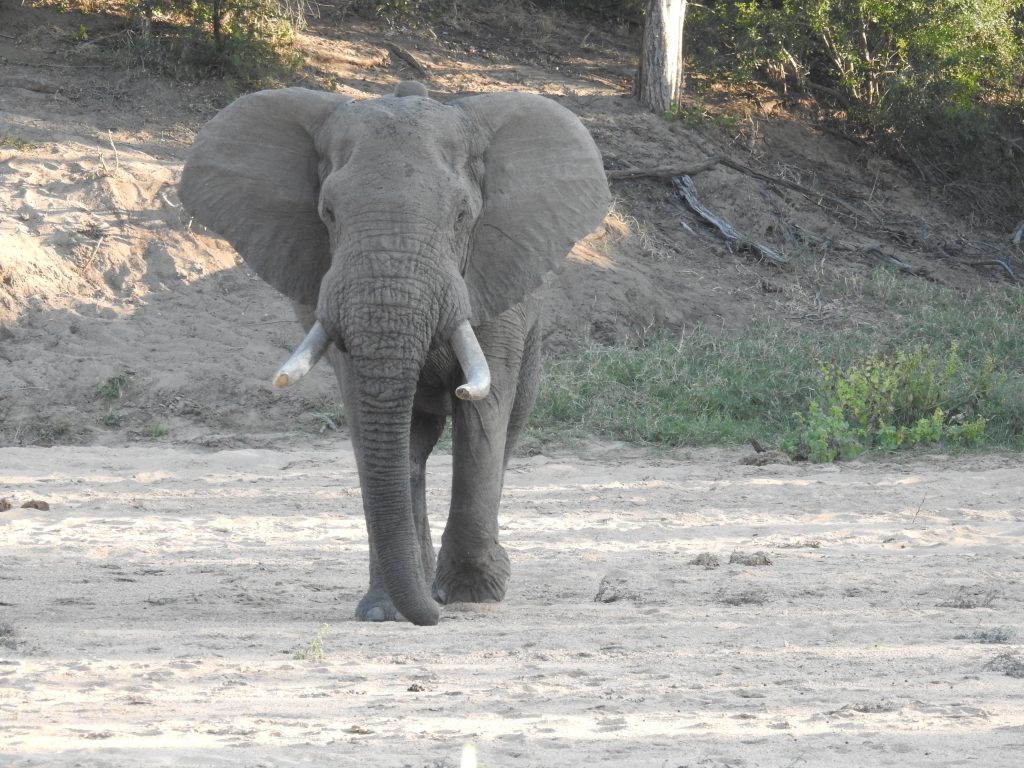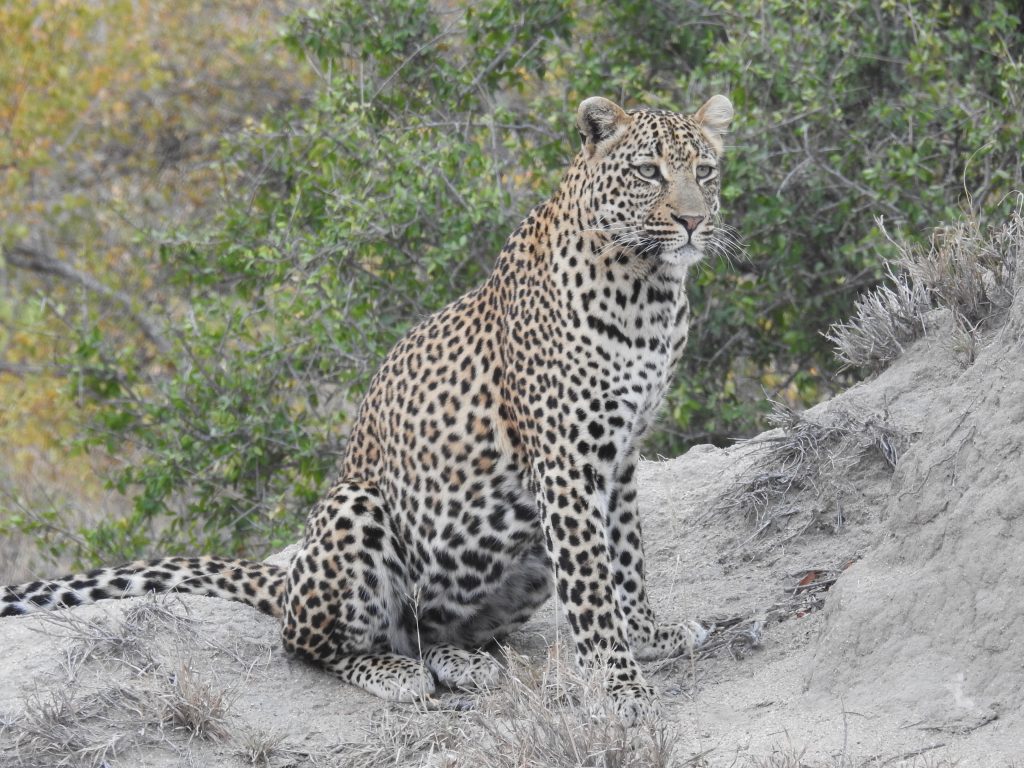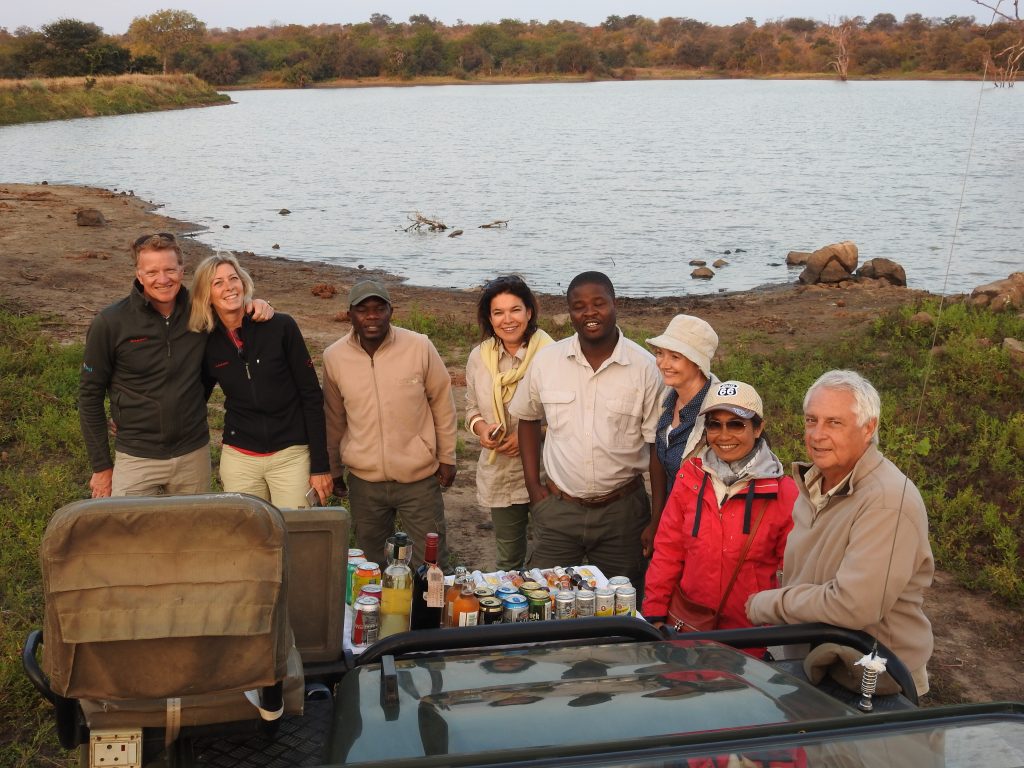
In July, I was able to fulfill the dream of flying in Courchevel. This is truly one of the most extraordinary airports in the world, located in high French Alpes mountains at 6,000 feet altitude. It is one way in and one way out and you need to have both French mountain rating and a special endorsement to fly there yourself. Since both would take more time than I had, I hired a local instructor from AeroSavoie and a Cessna 172.

The Courchevel runway is 1,700 long, which doesn’t sound much, but in fact is plenty, because of the vertical profile. When you look from the air, the first 134 m (400 ft) of runway 22 does look flat, in spite of having 12.5% upslope and that is because the following 840 ft has a whooping 18.7% upslope.
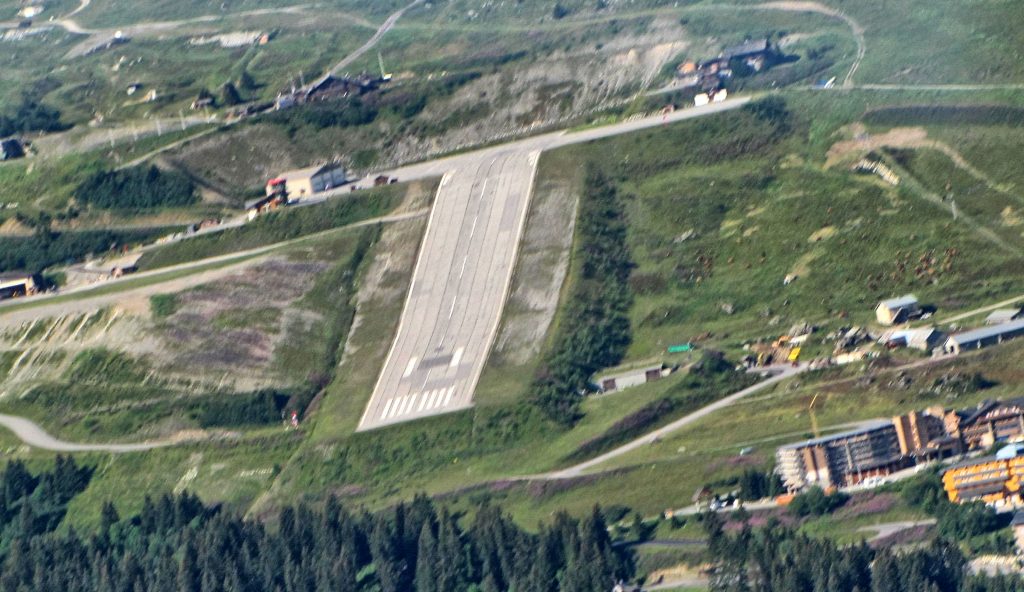
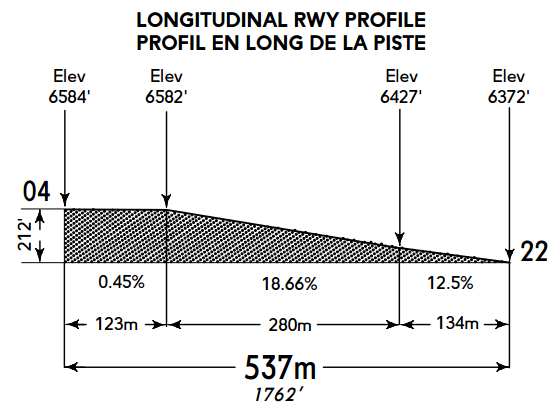
When you line up for the takeoff from runway 04, you only see the first 370 feet, which does look awfully short, like this.
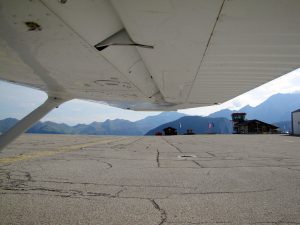
You add full power, check oil and engine gauges, check the wind and release the brakes. The airplane is barely moving when you reach the descent point, but since the runway drops down after that point, you pick up speed really fast and the takeoff becomes a non-event.
For the landing, the goal is touch down in the first “flat” 400 feet of the runway 22. As long as we are in agreement to call 12.5% upslope “flat”. To do that, you have to aim before the threshold and in this case it also means below the threshold. If you don’t touch down in the first part, the following 18.6% upslope will basically slam into you. After the touchdown, you have to increase power to climb upslope.
I did four patterns with a somewhat young and impatient local instructor, who urged me to correct immediately each small speed excursion. Which I did, except using small corrections, such that to avoid overshooting. You know, smooth pilot etc… We did land safely each time, see for yourself.
Next time I am in the Alps, I’ll do the mountain rating and fly to some other fun mountain strips.
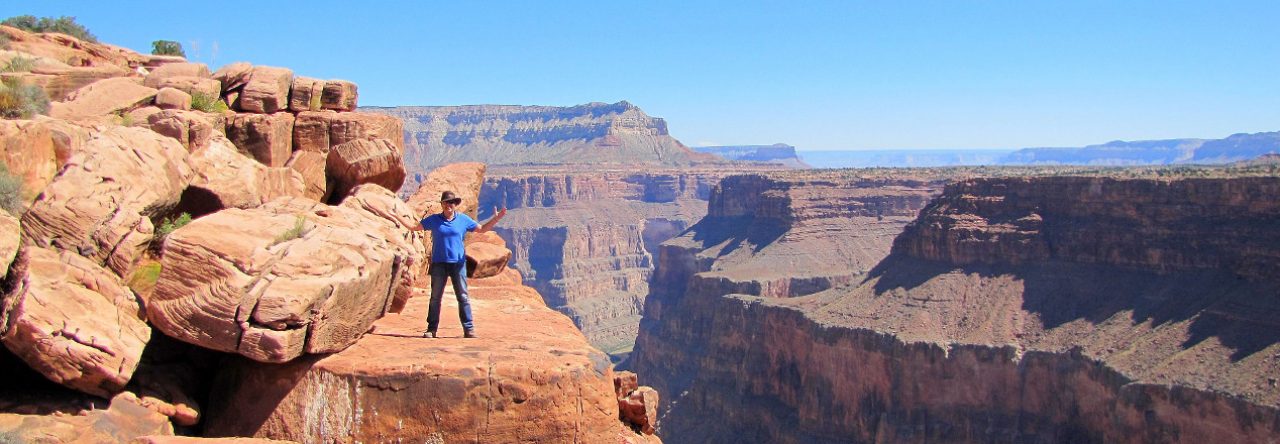




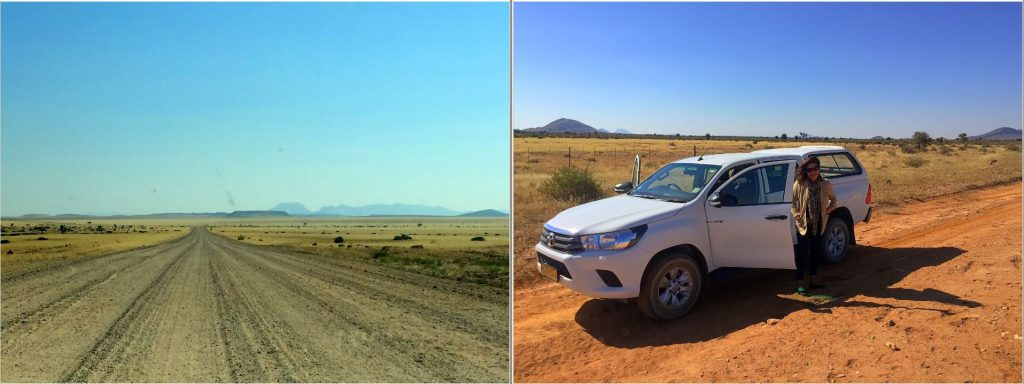
 Toyota is built like a tank and didn’t care about any potholes. Otherwise, you may end up like the car on the left. This is in a place judiciously called Solitaire, our hotel
Toyota is built like a tank and didn’t care about any potholes. Otherwise, you may end up like the car on the left. This is in a place judiciously called Solitaire, our hotel 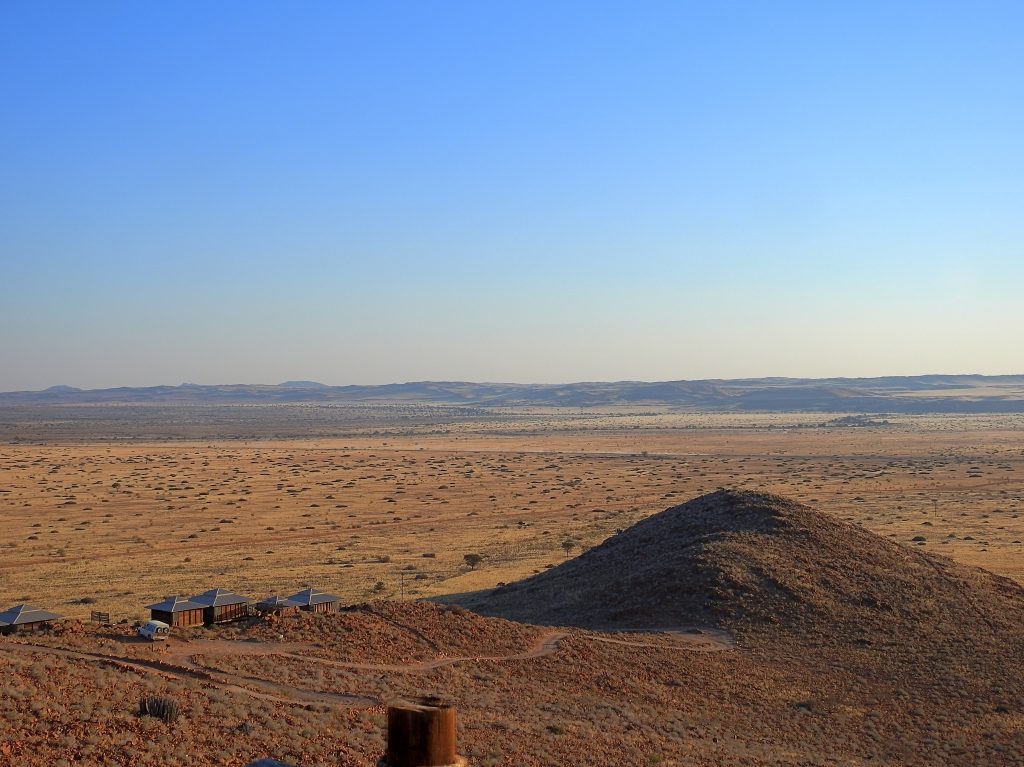

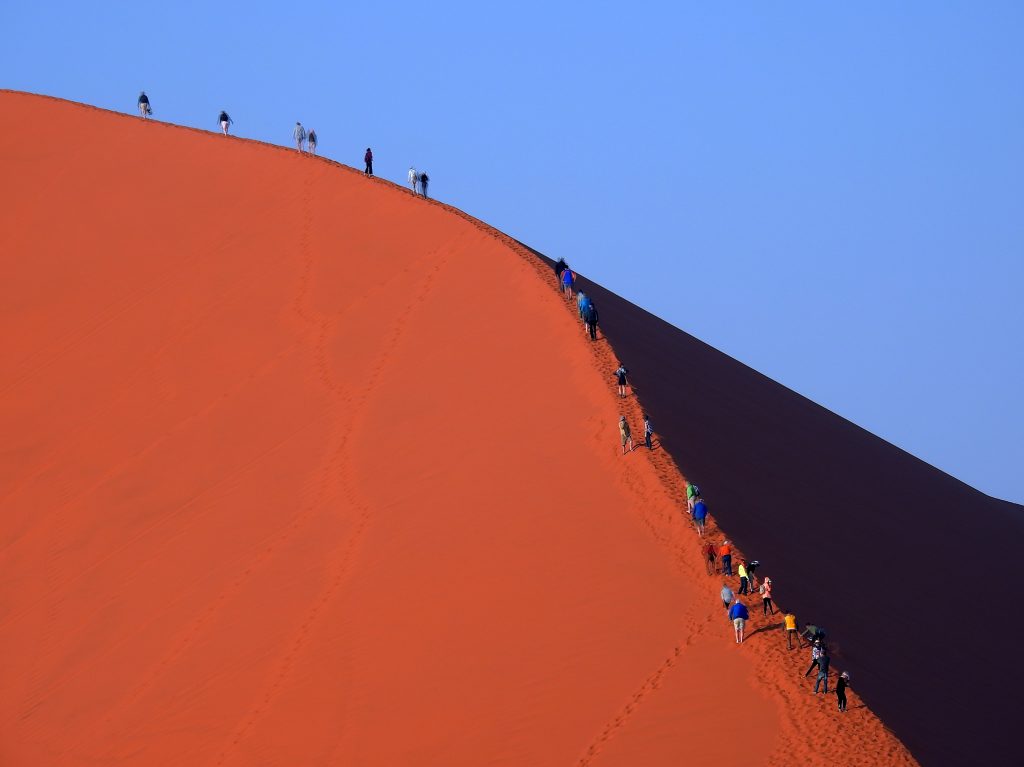
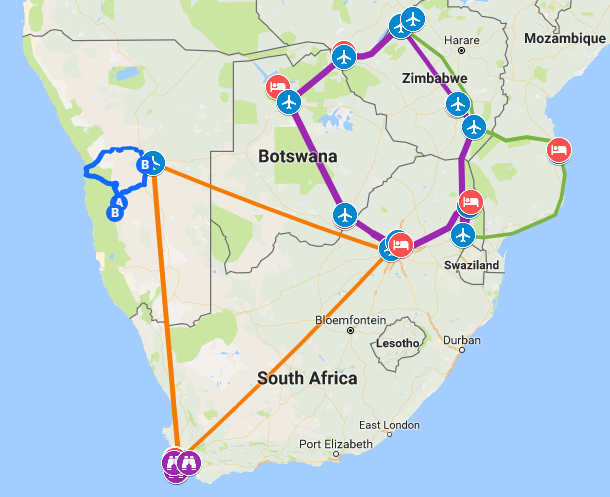
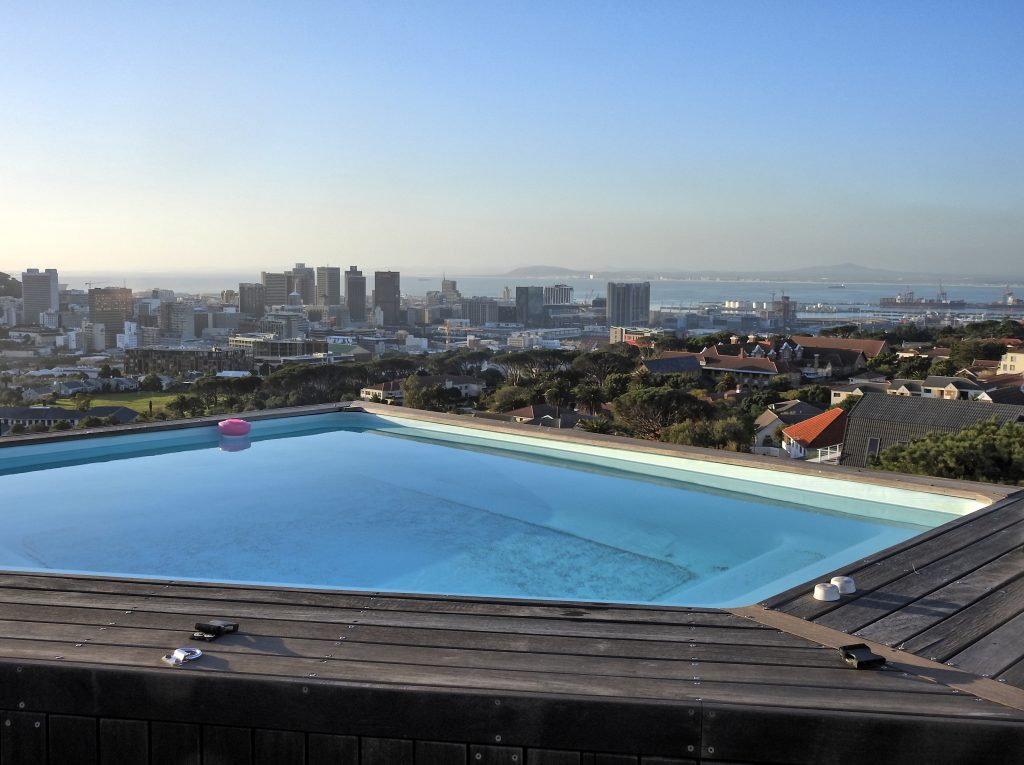
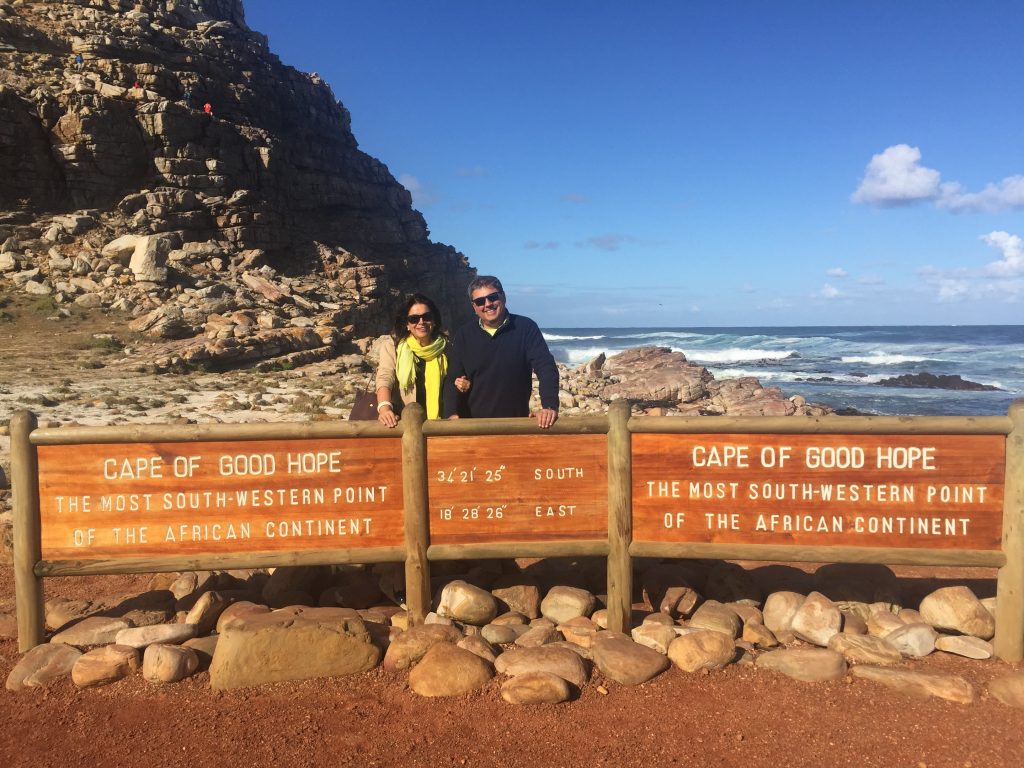
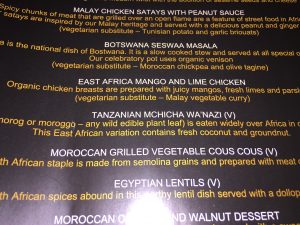 This is a bit of touristy place, but the food is fun and the show is exciting. The
This is a bit of touristy place, but the food is fun and the show is exciting. The 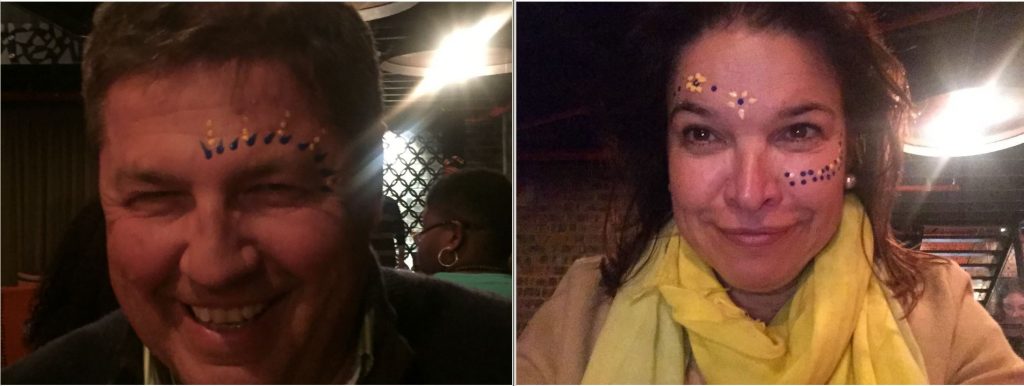
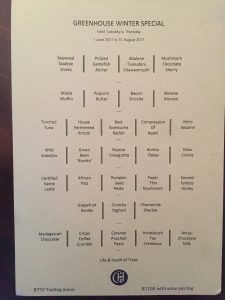
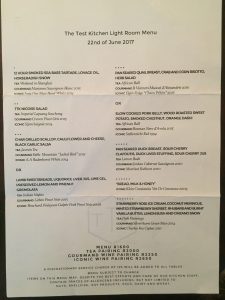 We’ve been to Bernard Loiseau’s
We’ve been to Bernard Loiseau’s 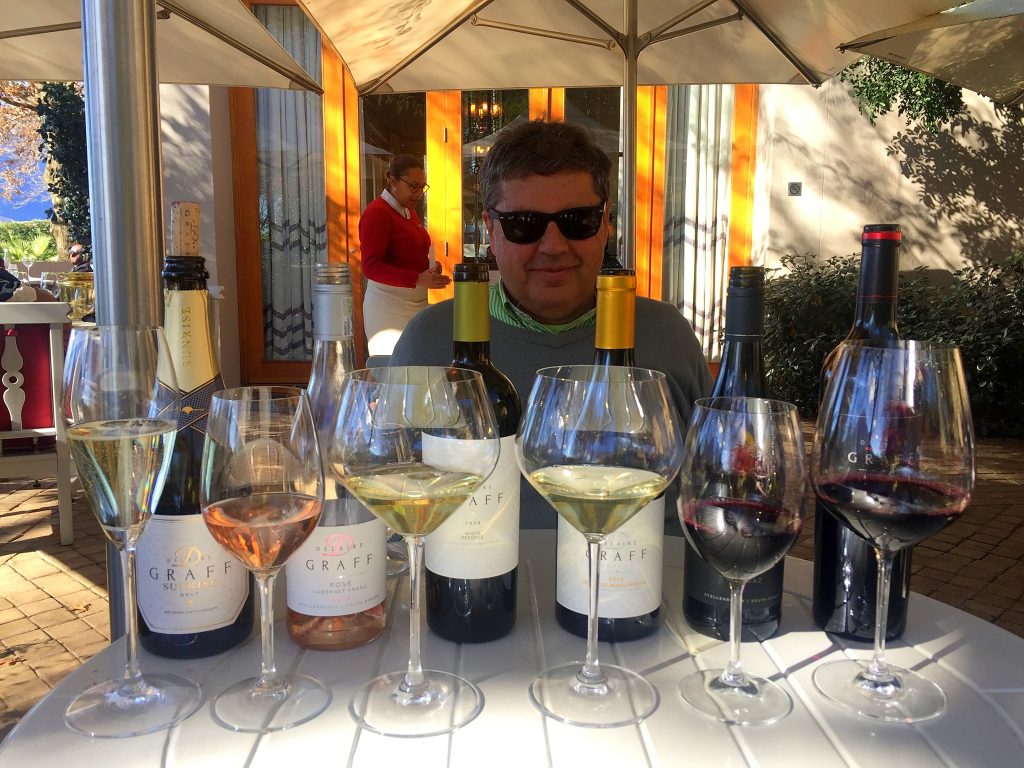
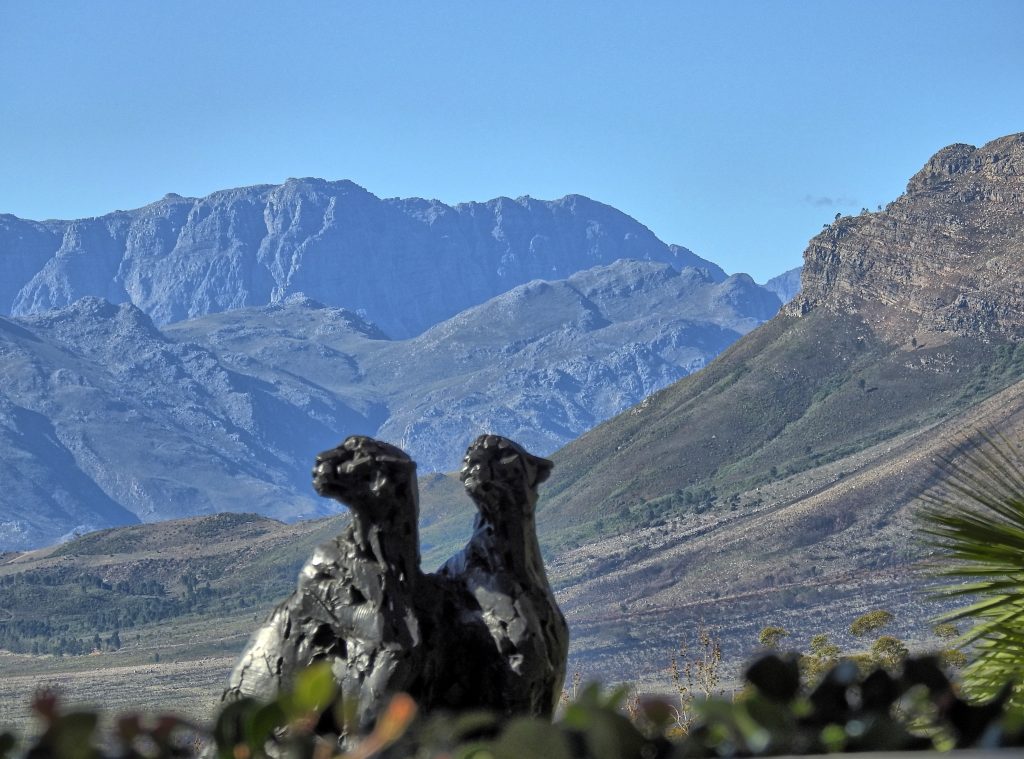
 These were our two last legs of the self-flying safari, first flying from Maun to Gabarone, which is the Botswana capital, a 338 nm, 3:50 flight.
These were our two last legs of the self-flying safari, first flying from Maun to Gabarone, which is the Botswana capital, a 338 nm, 3:50 flight. Our last 150 nm, 1:15 flight took us from Botswana back to South Africa, Lanseria airport. When coming into FALA, there is a VFR reporting point called Hartebeespoort Dam. I think that I can be excused from not understanding when the controller asked: “Are you familiar with ?#&%* ?” When I valiantly replied Unfamiliar, foreign pilot, his next question was Do you know where the Lanseria airport is?. Indignantly, I replied: Affirmative, I have a GPS.
Our last 150 nm, 1:15 flight took us from Botswana back to South Africa, Lanseria airport. When coming into FALA, there is a VFR reporting point called Hartebeespoort Dam. I think that I can be excused from not understanding when the controller asked: “Are you familiar with ?#&%* ?” When I valiantly replied Unfamiliar, foreign pilot, his next question was Do you know where the Lanseria airport is?. Indignantly, I replied: Affirmative, I have a GPS.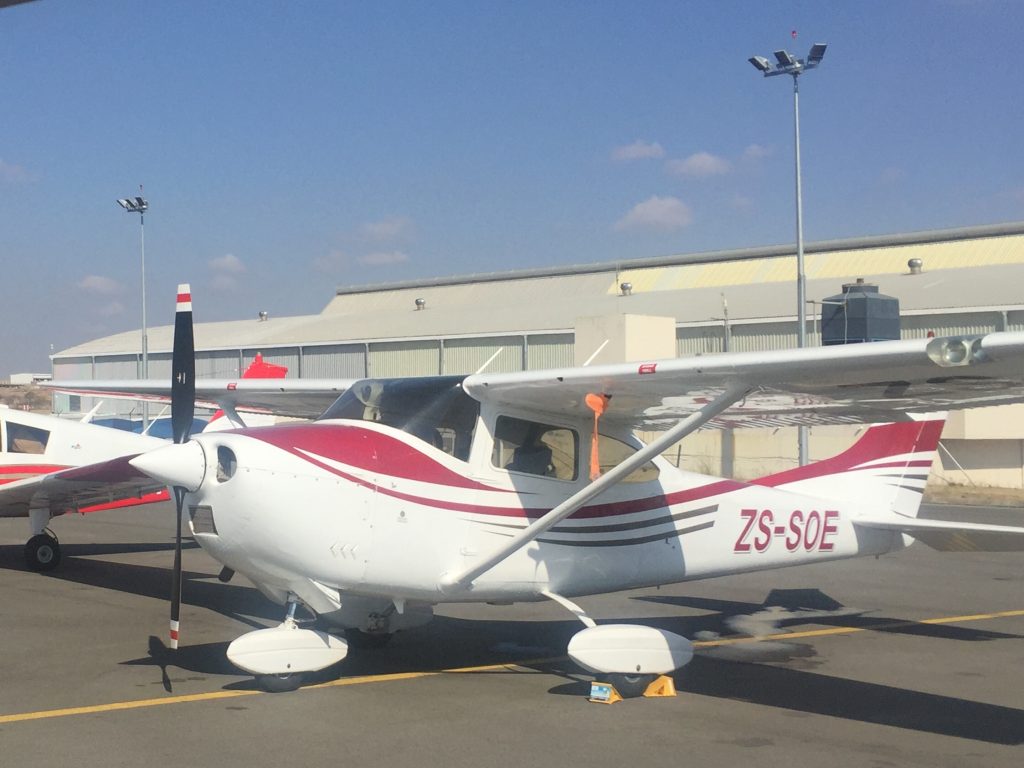
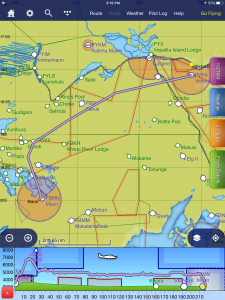 Our next 220 nm, 1:45 flight brought us to Maun, Botswana. As usual for international flights, we needed flight plans and general declaration to leave Zimbabwe, plus $85 in various landing, takeoff, passenger, navigation… fees. I flew a bit of a northern route, hoping to see more game from the air and also overfly the
Our next 220 nm, 1:45 flight brought us to Maun, Botswana. As usual for international flights, we needed flight plans and general declaration to leave Zimbabwe, plus $85 in various landing, takeoff, passenger, navigation… fees. I flew a bit of a northern route, hoping to see more game from the air and also overfly the 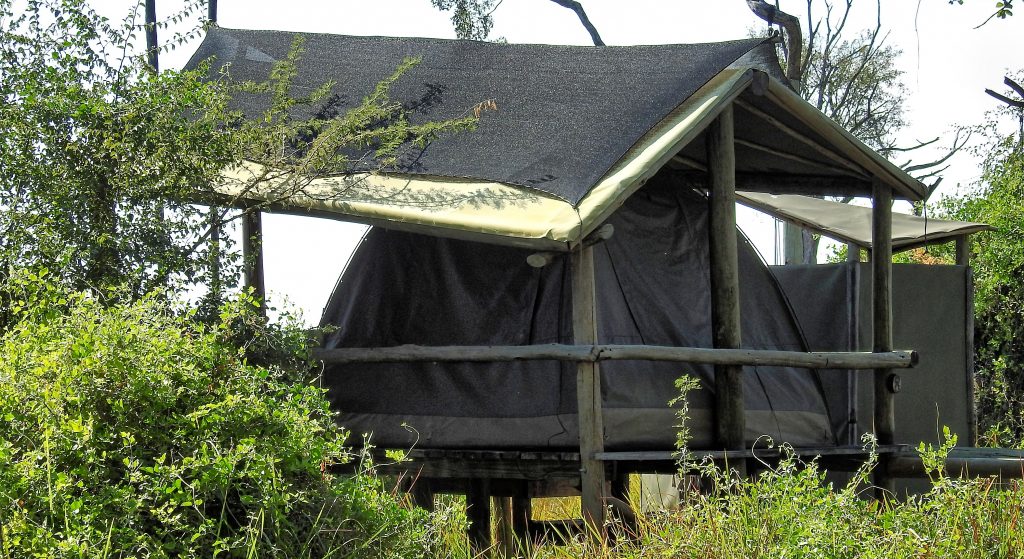
 The small structure on the right was a bathroom. I know what you are thinking: a private bathroom at a camping site, that’s not really a camping. Wait, it gets better, there was a shower. You pour the water into a bucket, you hoist the bucket up, you open the tap and voila: you get a shower. There was even cold water and not-so-cold water.
The small structure on the right was a bathroom. I know what you are thinking: a private bathroom at a camping site, that’s not really a camping. Wait, it gets better, there was a shower. You pour the water into a bucket, you hoist the bucket up, you open the tap and voila: you get a shower. There was even cold water and not-so-cold water.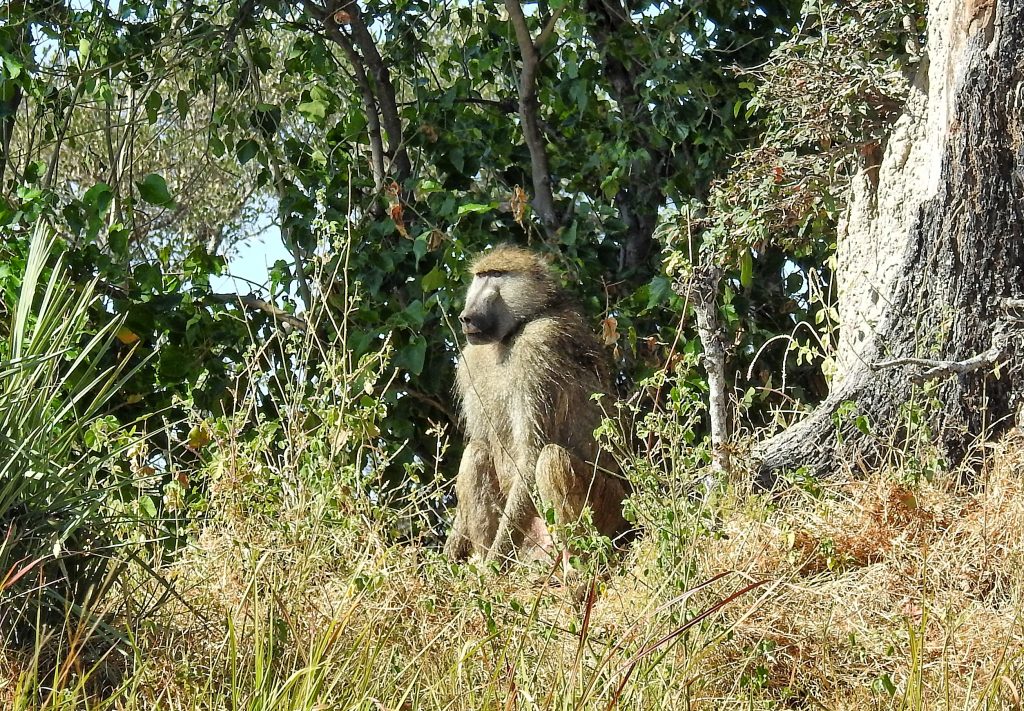
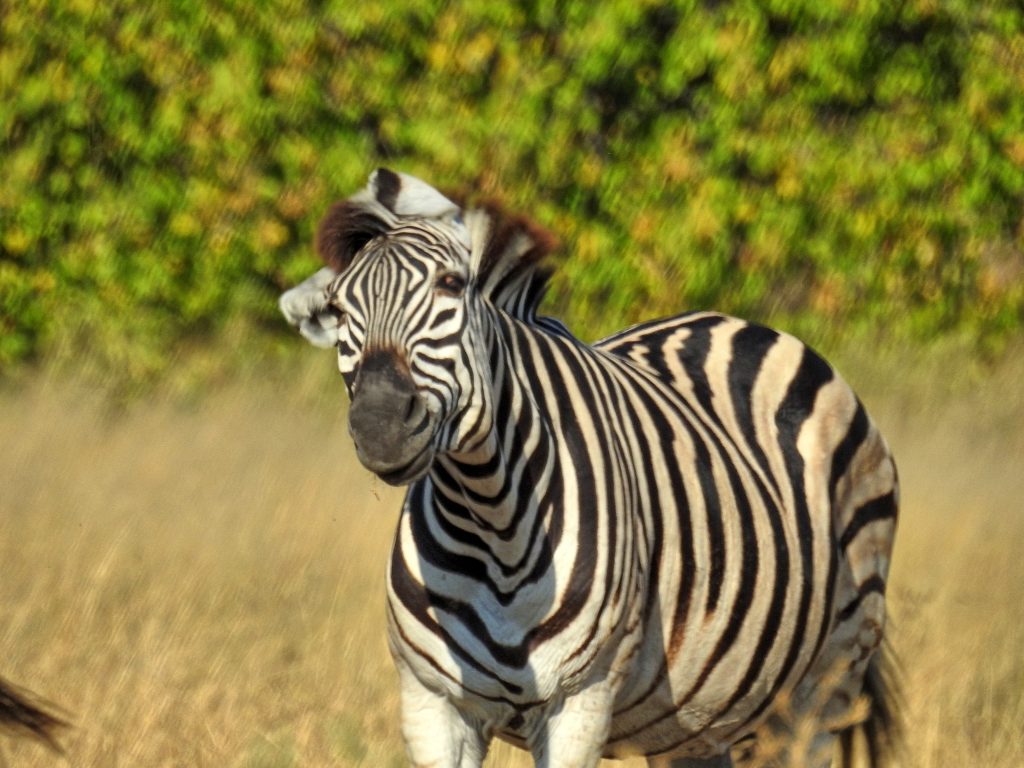
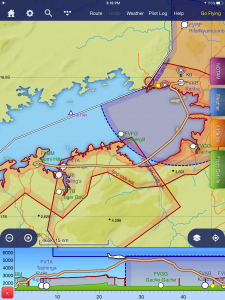 Our next leg started with a short 50 nm, half an hour flight along the shore of the lake to the Kariba airport, for refueling. This was by far the most efficient airport in Zimbabwe, the fuel pump was working, the credit card machine was working, the controller was very professional. We didn’t have much time to linger around and we continued with the second leg, 250 nm, 2 hours along the Zambezi river to Victoria Falls.
Our next leg started with a short 50 nm, half an hour flight along the shore of the lake to the Kariba airport, for refueling. This was by far the most efficient airport in Zimbabwe, the fuel pump was working, the credit card machine was working, the controller was very professional. We didn’t have much time to linger around and we continued with the second leg, 250 nm, 2 hours along the Zambezi river to Victoria Falls.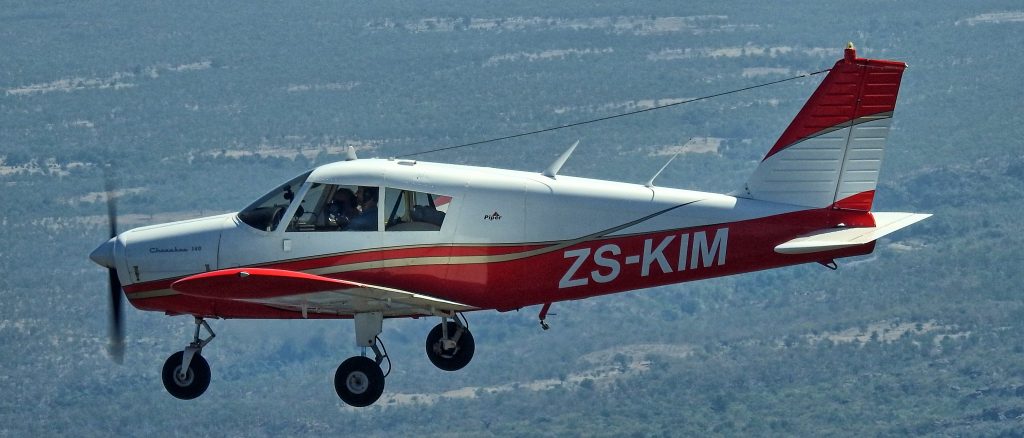
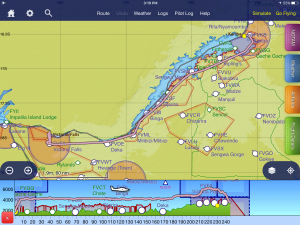 After landing, we drove to the Victoria Falls hotel. This is an epitome of an old colonial hotel, still in great shape, but with average service and average rooms. Most impressive though were the common areas, reminding travelers of old bygone splendid times.
After landing, we drove to the Victoria Falls hotel. This is an epitome of an old colonial hotel, still in great shape, but with average service and average rooms. Most impressive though were the common areas, reminding travelers of old bygone splendid times.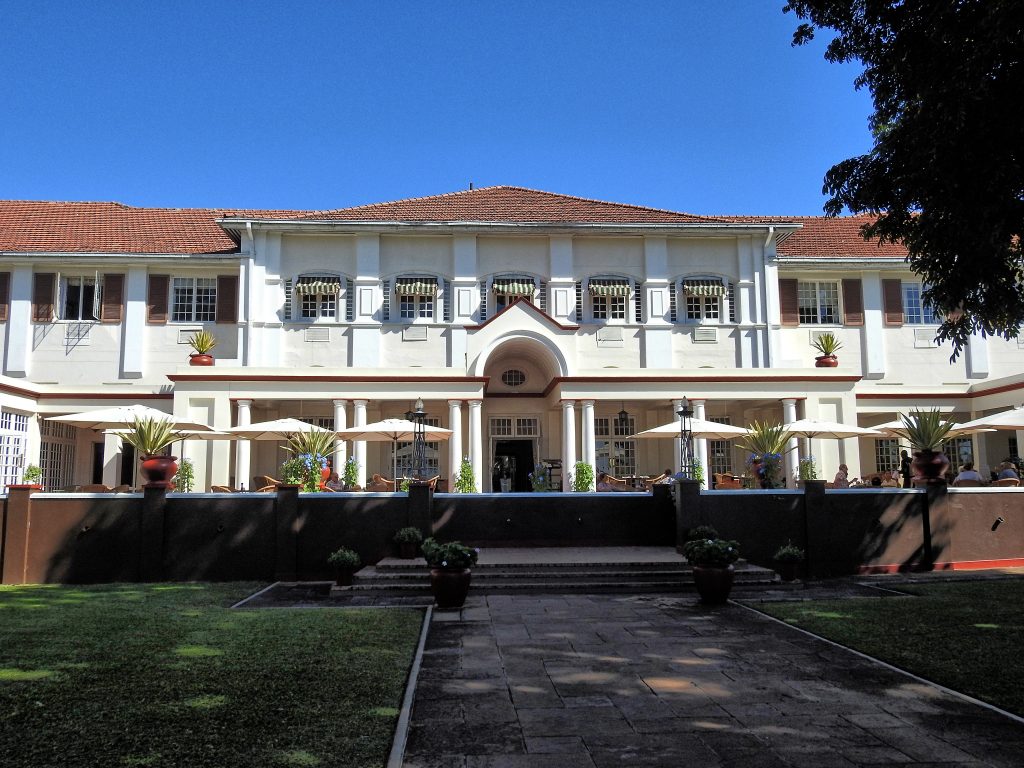
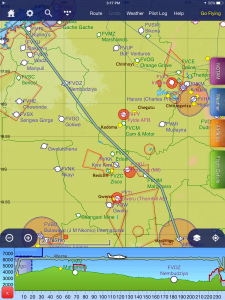 Lake Kariba is the largest man-made reservoir in the world, it covers an area of 5,580 km2, that’s over one quarter of Lake Ontario.
Lake Kariba is the largest man-made reservoir in the world, it covers an area of 5,580 km2, that’s over one quarter of Lake Ontario.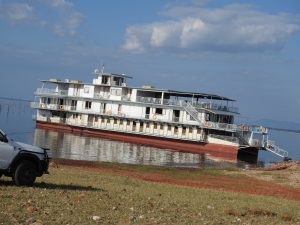 Bumi Hills Safari Lodge
Bumi Hills Safari Lodge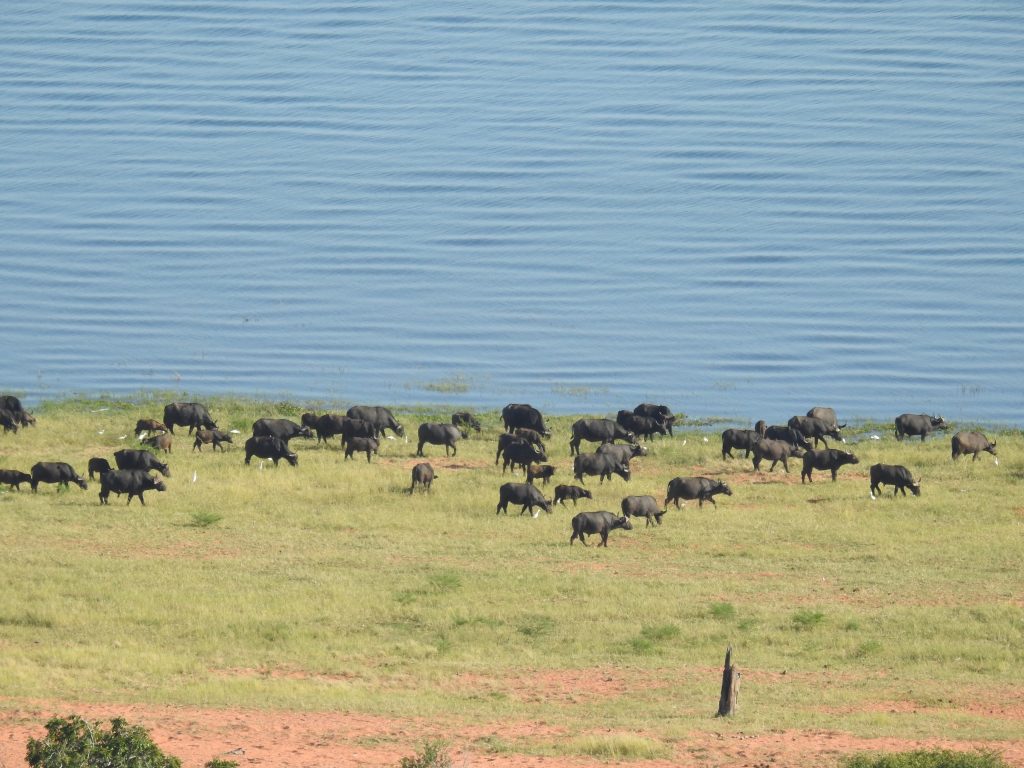
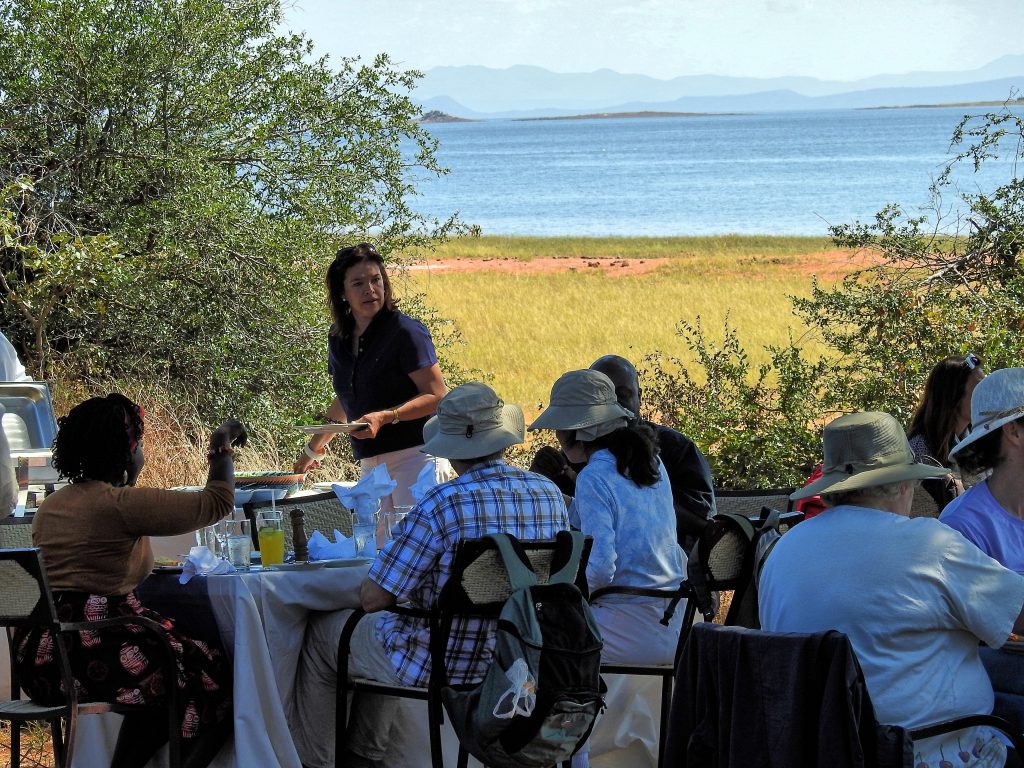
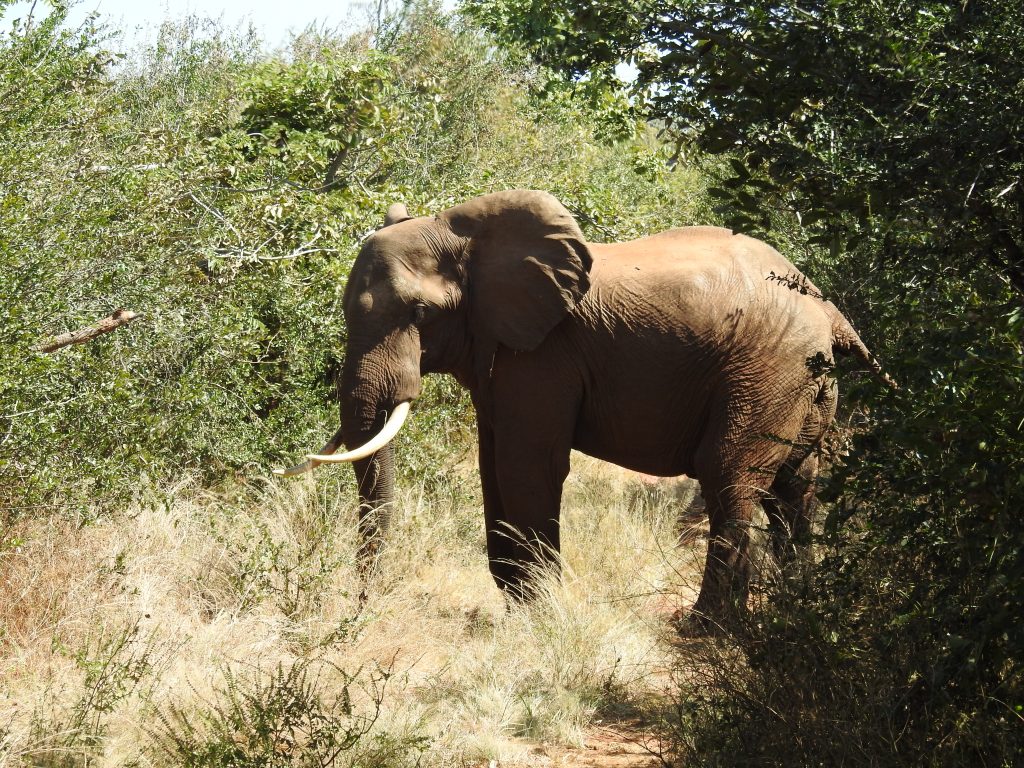

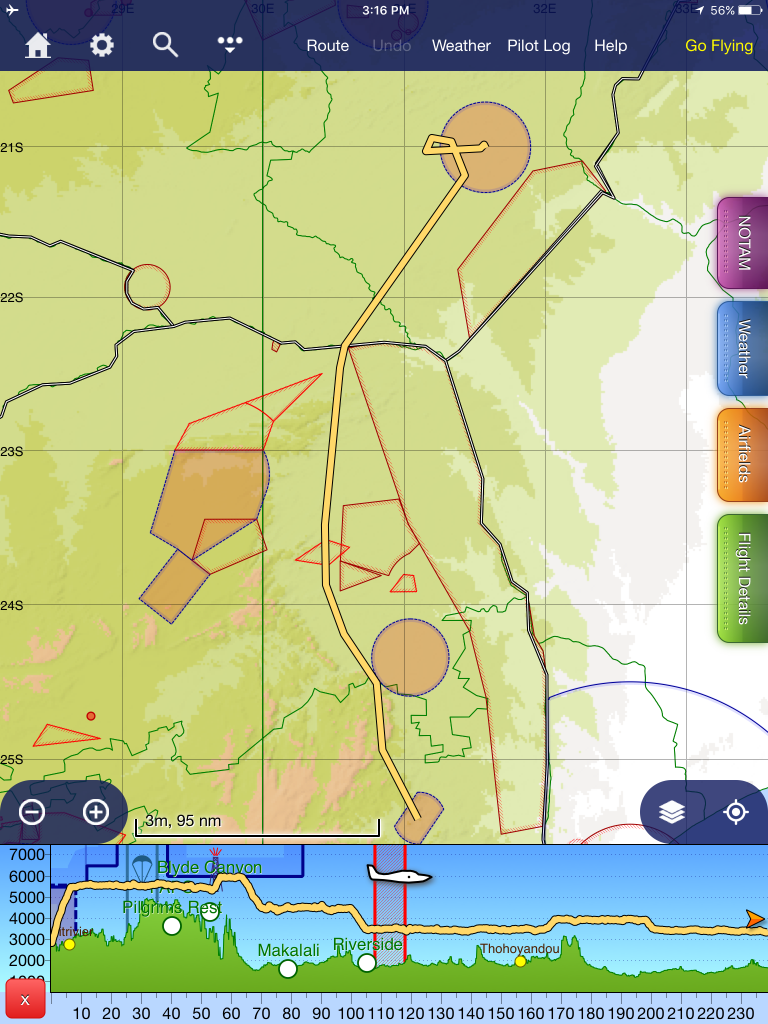

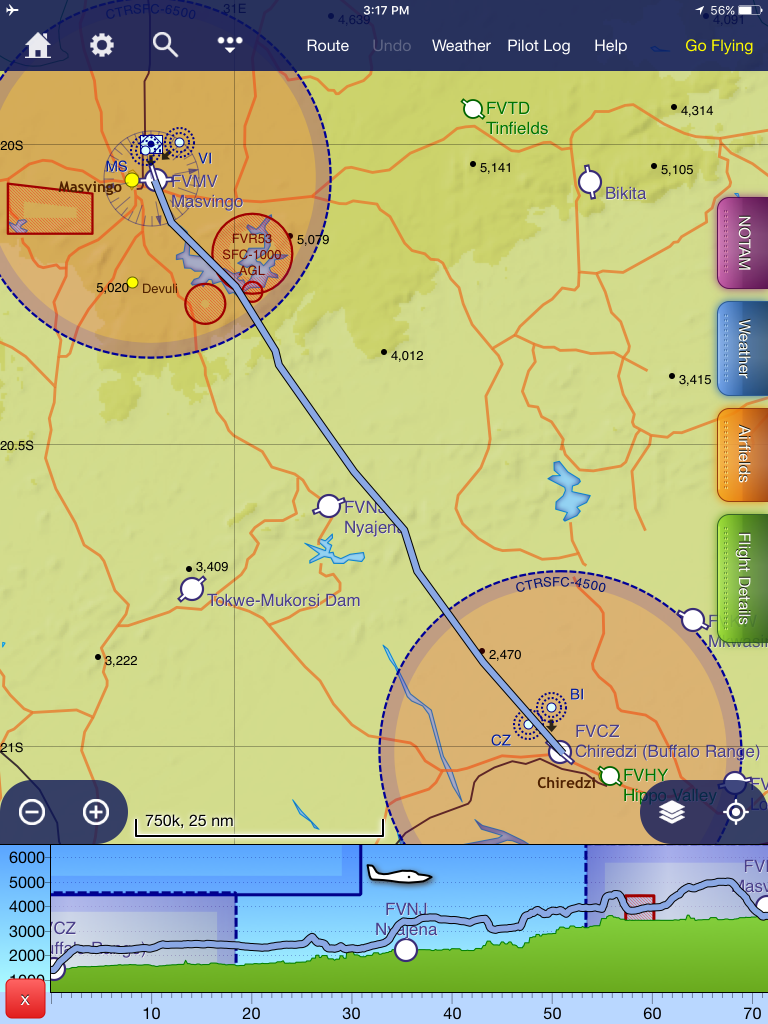
 It has been pretty crazy days. We left Johannesburg, Wonderboom field on Sunday and flew 210 nm (1:30) to
It has been pretty crazy days. We left Johannesburg, Wonderboom field on Sunday and flew 210 nm (1:30) to 